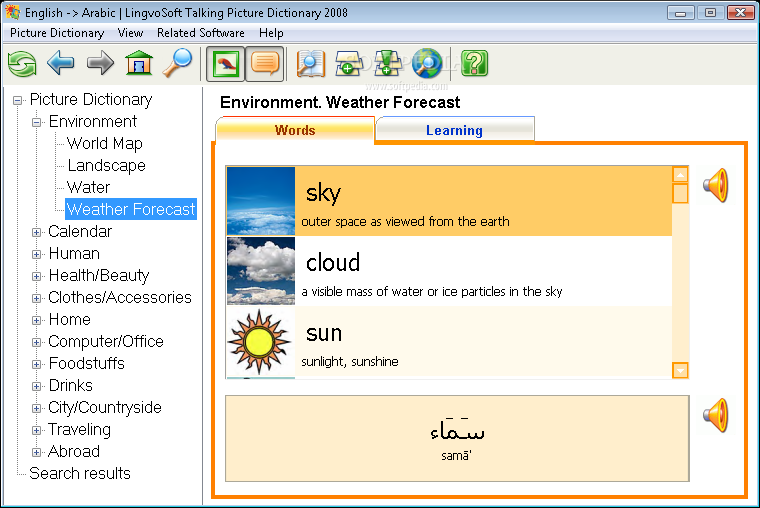Arabic Windows 1256 Free
- Windows-1256 is a code page used to write Arabic (and possibly some other languages that use Arabic script, like Persian and Urdu) under Microsoft Windows.
- What font does Notepad++ use to display windows arabic in windows-1256. I selected Arabic (Windows-1256). Converting Windows-1256 to UTF-8 on the fly.
Windows-1256 code page. Windows-1256 (legacy, Arabic) is a 8-bit single-byte coded character set. Hex to decimal converter. The code page above has hexadecimal.
I’m trying to display closed captioning on the movie 'The Terminal' with Tom Hanks. I went to a website that has subtitles for the movie in.srt format and downloaded them. I added them to VLC media player (64-bit) on Windows 7. I also changed some settings in VLC while the movie is playing:. I added the captions file (.srt) Subtitle-Add Subtitle File. Tools-Preferences.
In the Simple Preferences dialog I clicked Subtitles / OSD. From the Default Encoding drop down I selected Arabic (Windows-1256).
Clicked OK The sub-titles displayed somewhat correctly, but not entirely; a few of the characters were missing in the subtitles. So I downloaded Notepad and opened the.srt file containing the Arabic subtitles.

Arabic Windows-1256
To get that file to display correctly, from the menu I had to click Encoding - Charactersets - Arabic- Windows-1256 In Notepad it appears to display all of the characters correctly. The only setting I can think of that might need to be changed here is back in VLC, in the Subtitles / OSD settings; and that is the font. So my question is, what font does Notepad use to display the Arabic character set Arabic (Windows-1256)? I found a font setting that said it the font was Courier New, but upon setting that same setting to this font in VLC the problem with some of the characters not displaying is still occurring. So my question is, what font does notepad use to display the Arabic character set Arabic (Windows-1256)? It might be that Notepad is converting Windows-1256 to UTF-8 on the fly within it’s code for display purposes.

The big clue to me is when you say this: I found a font setting that said it the font was Courier New Courier New should be a UTF-8 character set. So one idea to solve the issue is to open the file in Notepad and then convert it to UTF-8 via the “file format” menu and save the new file. That way the file and its contents will now be UTF-8 which is pretty much the most digestible encoding standard for extended character set processing.
You can use NSString methods or use toll-free-bridge from CFString. NSStringEncoding arabicEnc = CFStringConvertEncodingToNSStringEncoding(kCFStringEncodingWindowsArabic); NSString.str = NSString alloc initWithBytes:'your arabic string' length:(NSInteger)10 encoding:arabicEnc; NSLog(@'my UTF-8 string =%s',str.UTF8String); 10 is length of bytes of 'your arabic string'. You don't need to unescape your string, U just means that it points to some unicode code-point. If your whole file is in that encoding then you can also use: NSString stringWithContentsOfFile:(NSString.)path encoding:(NSStringEncoding) error:(NSError.)error.